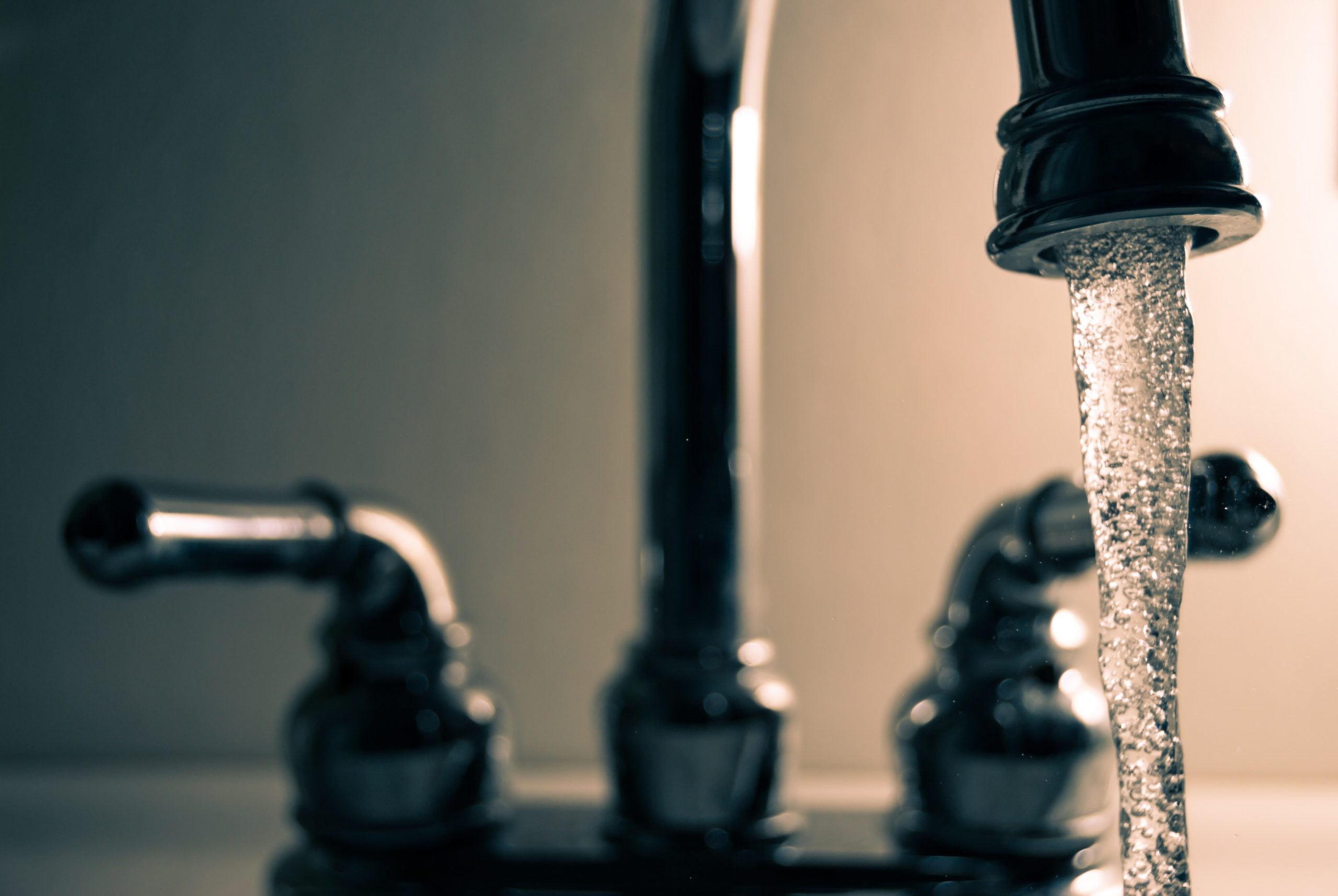Last Updated on: 22nd November 2023, 01:58 am
Electrical safety in hospitals should be prioritized in order to avoid problems with an electric current. Such issues could jeopardize the health center’s operation and patients’ health. When designing an electrical plan for a health facility, it’s important to make sure that the equipment employed isn’t dangerous to anyone nearby. Electrical and electronic instruments should be selected, inspected, tested, maintained, and calibrated as part of the program.
When creating a healthcare facility, architects and hospital designers must assure electrical safety for employees, patients, and all visitors. The administration should also make sure that all of the electrical safety tips for healthcare facilities are communicated to the entire team so that everyone is aware of them.
1. Know Your Floor Plans And Make Any Necessary Changes.
Knowing each floor layout in the health center is the first step in proper wire management. When safety and efficiency aren’t aligned, facility management and IT employees should know where outlets are located and how cables run.
Determine the optimal locations for electrical equipment and network supplies across the facility. Keep track of the number of electrical outlets on each floor and in each room. Surge protectors should be used in locations with a lot of equipment to prevent power outages and overheating of supplies.
To prevent workers and patients from electrocution, the cable carrying electricity to medical equipment should be coated with an insulator. Consider reliable insulator manufacturers for safe and high-quality products. The insulators should be inspected regularly because none of them can be described as perfect.
2. Network And Power Cables Should Be Kept Separate.
Electricity and connectivity for medical equipment are in significant demand in healthcare institutions. It’s critical that electrical and network supplies don’t get mixed up during equipment maintenance, as this could lead to major problems.
Allocating alternative channels for electrical and network cables is one of the best electrical safety guidelines for healthcare facilities that your facility’s IT specialists may follow. All electrical items should be strategically placed to ensure the safety of your facility’s clients and personnel.
3. Labeling Your Electrical Supplies
The act of just separating your cables does not indicate their purpose well enough. Wires and any other electrical equipment in the healthcare facility should be labeled appropriately. You may use the cable management accessories that can help you arrange your connections easily.
Electrical tape, in addition to other cable organization items, should be included at the health facility. Alert all the employees about the presence of electrical supplies. Electrical insulating tape is available in a variety of colors and purposes. Knowing your facility’s wiring requirements is essential for selecting which tape will perform and protect the best.
4. Inspecting Electrical Devices
In order to demonstrate worst-case performance, hospitals must test devices on traditional grounded power systems. When you test a device on an isolated power system, you will only get a mix of the device’s and power system’s performance. In the hospital, it’s critical to have a fail-safe status set up for your plumbing valves. A valve fail is a safety feature that protects critical processes in emergency scenarios.
When it comes to patient care, there are legal obligations for adequate testing. A leakage current test for devices connected to patient care must be performed on a properly grounded alternating current power supply. To ensure proper electrical safety, OSHA Standard 1910 Subpart S-Electrical-General specifies proper work practices and grounding requirements.
5. Adjusting To Human Error Risk Assessments
Electrical risk evaluations are essential for any healthcare facility to run smoothly. Historically, the main focus of these processes has been on equipment functionality. Examining for any element that could imperil the performance of electrical equipment, including human-introduced dangers, is just as vital. Equipment evaluations should go beyond the present state of the equipment.
Those conducting these analyses will now be responsible for assessing risks associated with various job scenarios, such as the impact of spilled water on equipment, incorrect equipment operation, and more. It is also crucial to buy staff protective gear as one of the ways to protect them while working.
6. Being Equipped In Case Of Fire Outbreaks
It is essential to combat fire threats and respond quickly. In hospitals, nursing homes, and other healthcare facilities, where residents may have restricted opportunities to flee, fire-fighting equipment is extremely critical. Electrical wires are commonly carried through wall or slab openings without being sealed, which is the primary cause of smoke spreading throughout the hospital.
Fire Sealants are used to keep a wall or floor assembly fireproof, preventing fires and smoke from spreading. Items like sampling tubes and other medical equipment should be made of good materials to withstand different degrees of temperature to a certain extent and protect the medical personnel from other serious infections and not just fire. Any medical injection molding company around you will come in handy for such items.
Conclusion
Healthcare facilities consume electricity on a daily basis. However, if uncontrolled or overused, it can burn, harm, kill, or cause fire in places intended to bring healing. Keep in mind the aforementioned suggestions.









